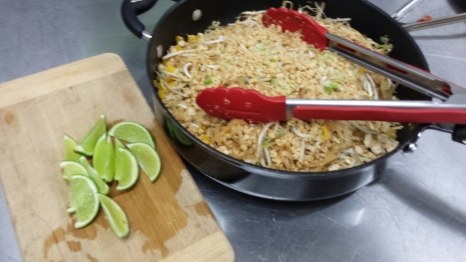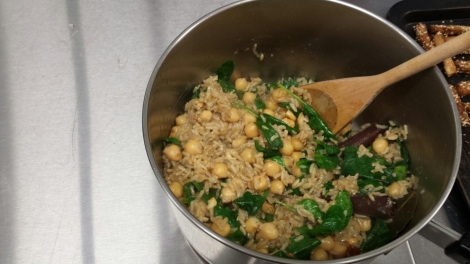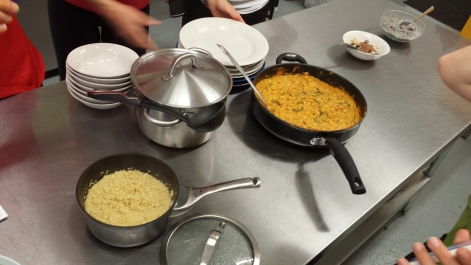I’m sure I’ve already mentioned that I’m seeing a vegan dietician to help me with my plant-based nutrition transition. But it is so much more than that! Allow me to explain…
When I first started looking up info about diabetes-specific diets (beneficial ones, no diabetes-inducing ones) I stumbled upon a local young woman who was diagnosed with a rare form of diabetes, called MODY (maturity onset diabetes of the young) which she managed to control by diet alone! I found out that she was going to be at a local health and wellness conference and I made sure to be there so that I can meet her and ask her a ton of questions!
The day of the conference, I finally got the chance to speak to her, but she was so busy with signing her book and getting ready for her talk (and I was totally startstruck) that I didn’t manage to ask her everything I wanted to, but she suggested I give a certain dietician a call. This dietician, Anne-Marie Roy was at the same conference, so I took advantage of the situation and went looking for her.
When I finally found her, she was at a kiosk for the Montreal Vegetarian Association answering questions left and right. She was very approachable and explained to me that she ran a clinic called La Clinique Renversante (The Reversal Clinic in English) where she takes on 10 to 15 people who are either curious about living a plant-based lifestyle or who suffer from type II diabetes, high blood pressure or high cholesterol problems, and she takes them on a 12 week journey through the world of vegetarianism and veganism. I made the decision right then and there to be a part of this and said, “Where do I sign up?” and that’s how my journey began and I haven’t looked back since.
The program is simple: we meet once a week for 2 hours and discuss nutrition facts (and fiction), learn plant-based nutrition basics, and we also discuss the ethical and moral dilemmas around food (GMOs, factory farming, etc.) During the 12 weeks, we have 4 cooking classes where we team up with professional and established plant-based Quebecois chefs who show us new and exciting recipes and flavours. So far, we’ve done 3 cooking classes and they just keep getting better and better! Here are some pictures I took along the way:

I look forward to these cooking classes! The food is fresh and organic (in fact, one of the chefs owns a farm and brings in a bunch of her own produce), the recipes are simple and delicious, and the ambiance is just amazing. Many people in the class are longtime vegetarians who are trying to transition to veganism and they still learn something new each time. It’s such a great feeling to work with all these people towards one common goal of health and compassion for ourselves and the planet.
If any of you are Montrealers who would be interested in following this program, click here to visit Anne-Marie’s website and inform yourself. It really is worth every penny, and if you read my last post and saw the progress I’ve made, you’d also agree that there is just no substitution for good nutrition.








